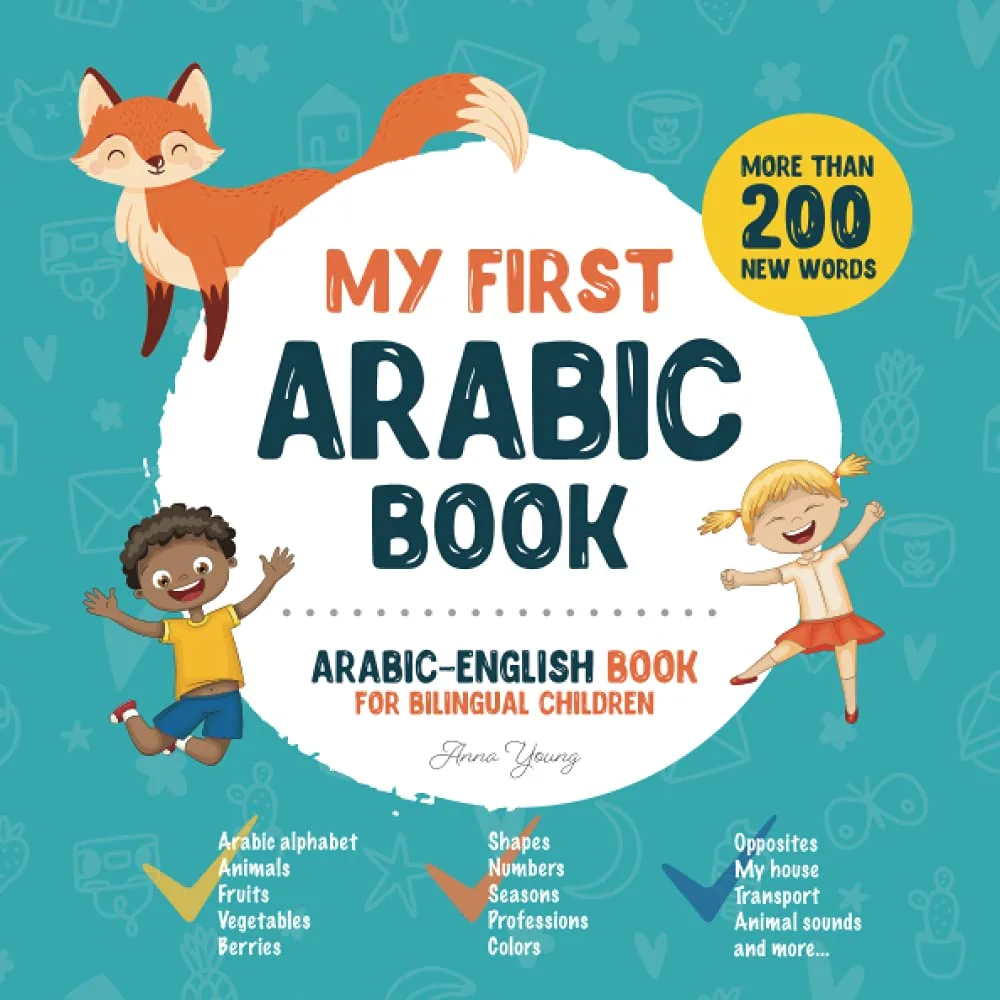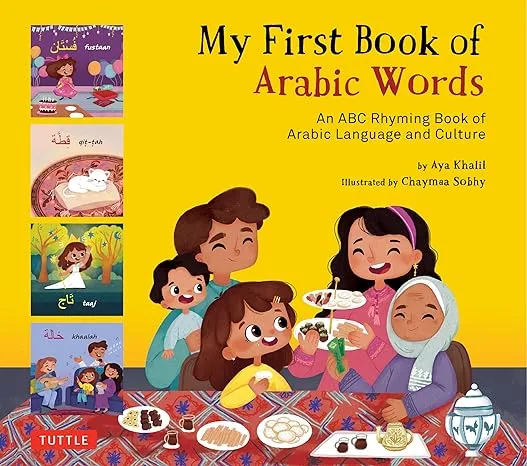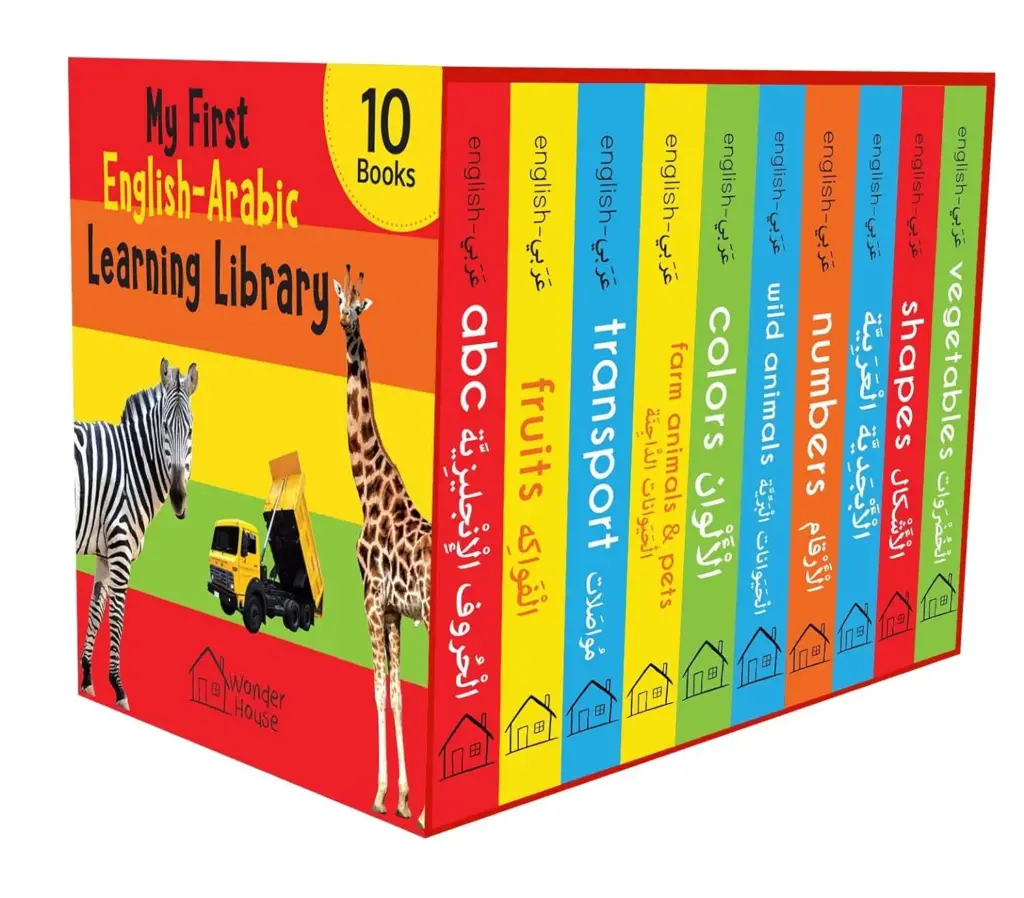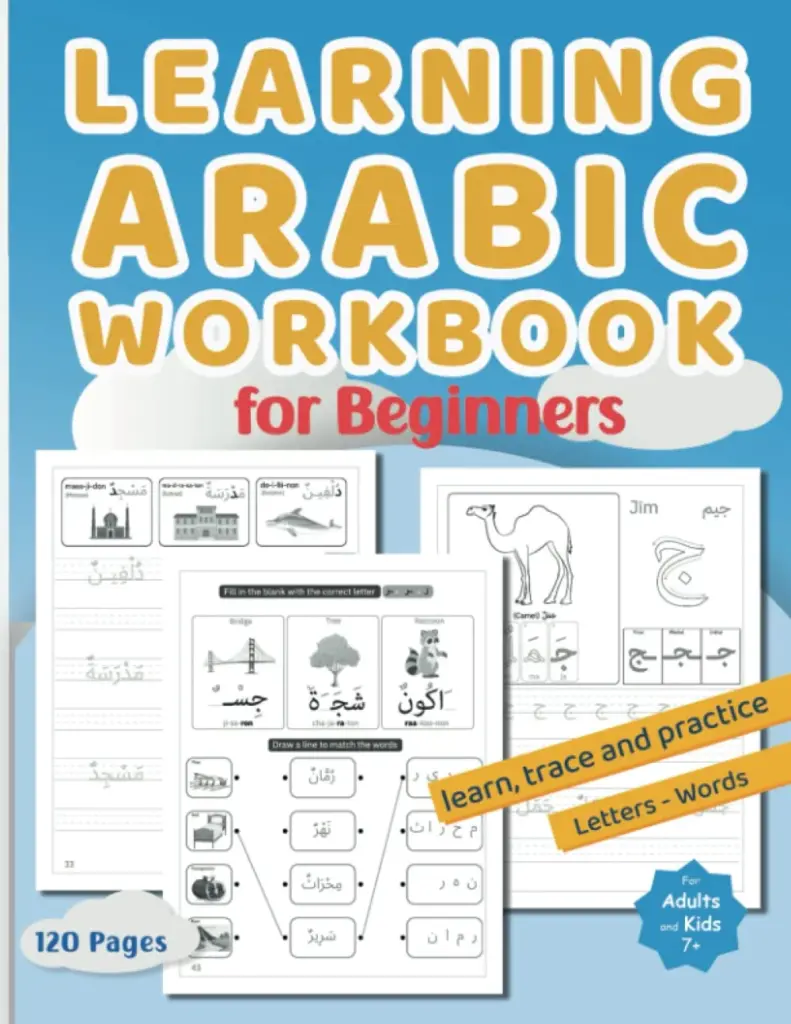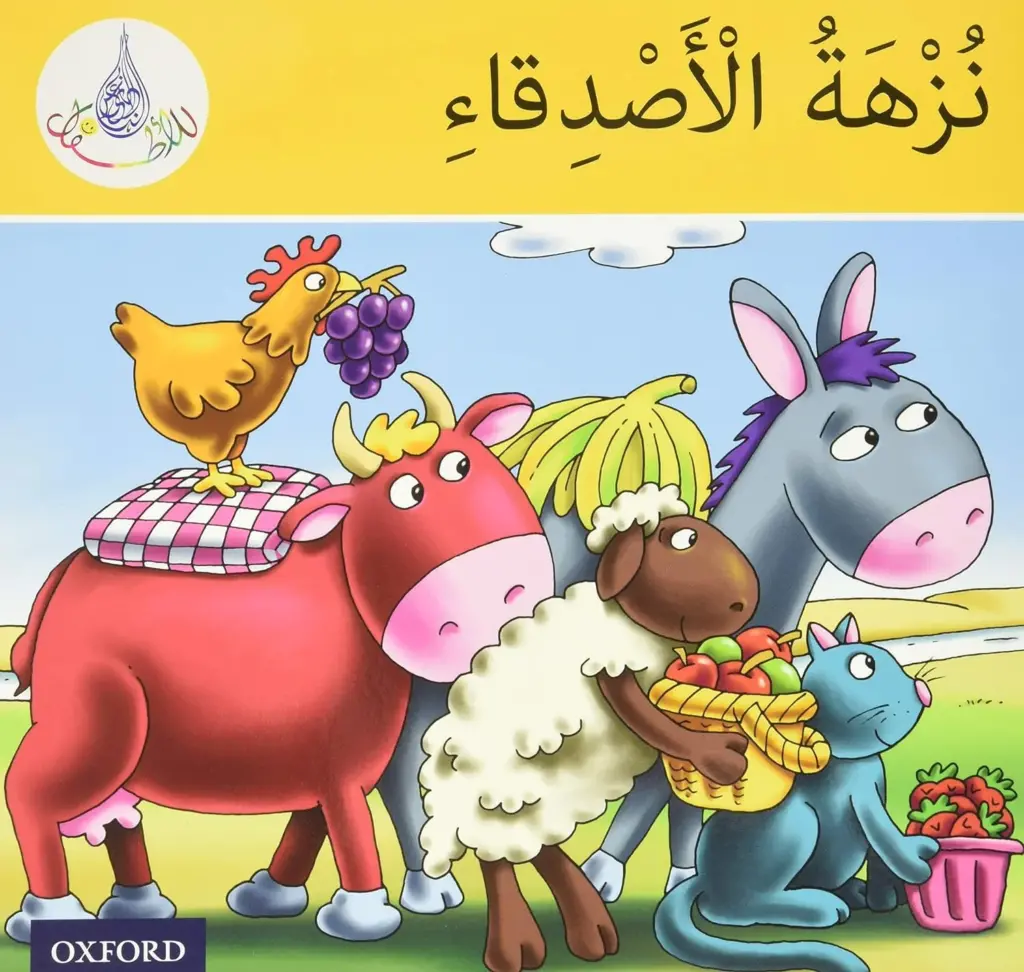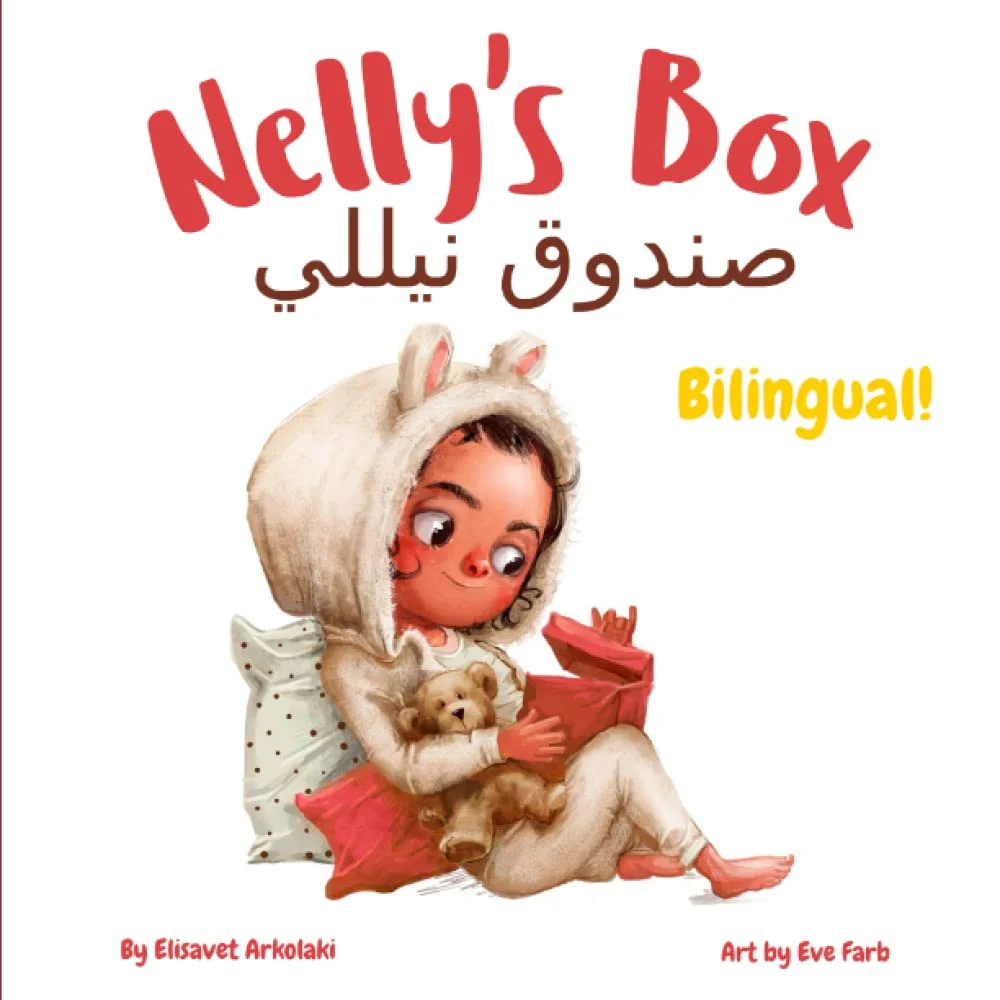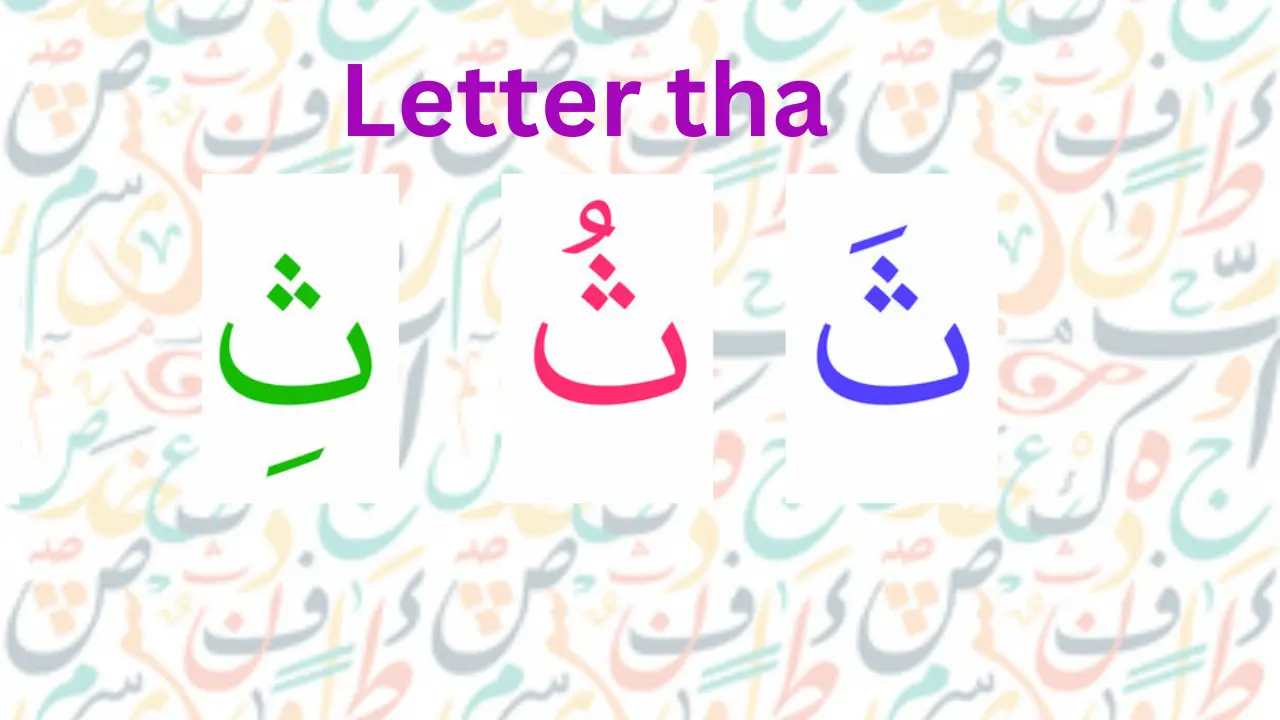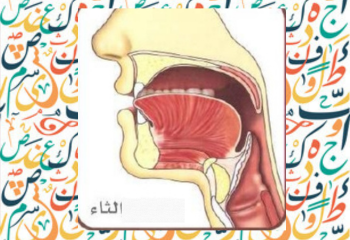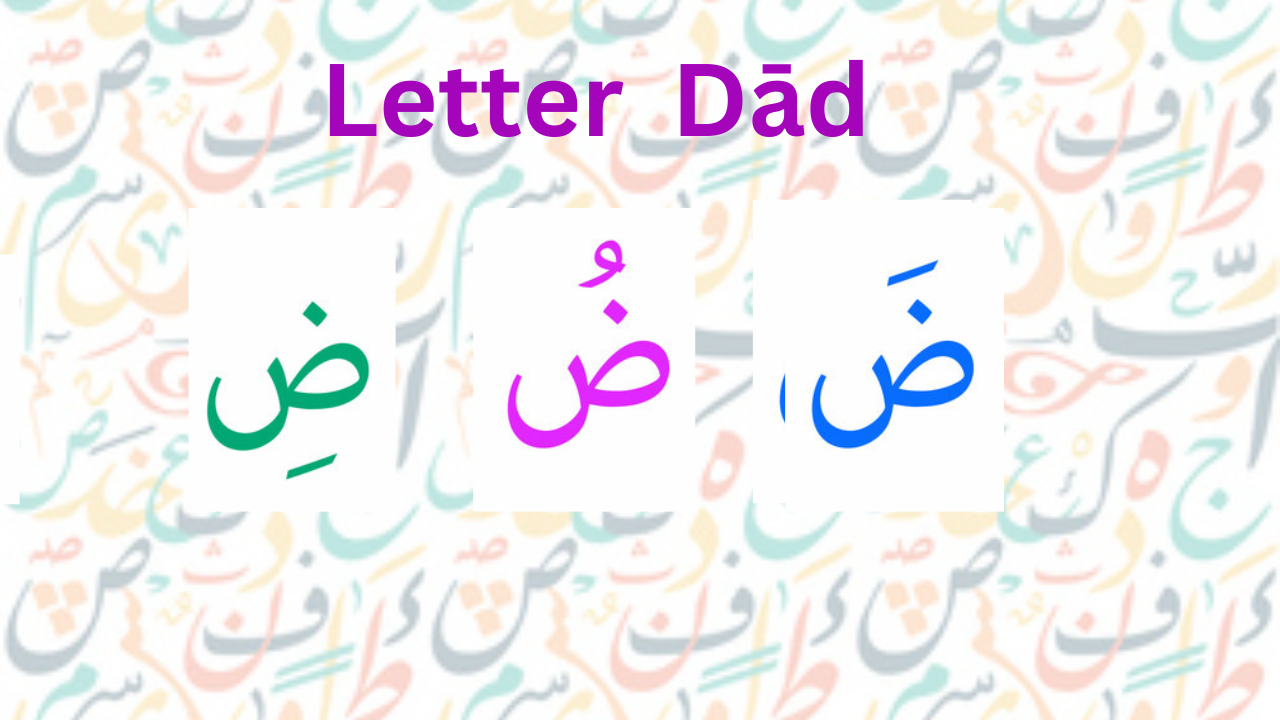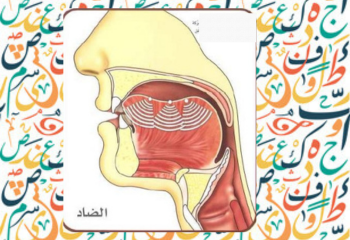Thank you in Arabic is:
شكرًا
(shukran)
How to say thank you in Arabic
Thank you in Arabic writing
Some sentences using :
- شكرًا لك على المساعدة.
- (Shukran lak ‘ala al-musa’ada.) –
- Thank you for the help.
- (Shukran lak ‘ala al-musa’ada.) –
- أود أن أعبر عن شكري لكم.
- (Oud ‘an a’bar ‘an shukri lakum.) –
- I would like to express my thanks to you.
- (Oud ‘an a’bar ‘an shukri lakum.) –
- شكرًا جزيلاً على حسن الضيافة.
- (Shukran jazeelan ‘ala hasin al-dayafa.) –
- Thank you very much for your hospitality.
- (Shukran jazeelan ‘ala hasin al-dayafa.) –
- أشكركم على فهمكم وتعاونكم.
- (Ashkurukum ‘ala fahmikum wa ta’awunikum.) –
- I thank you for your understanding and cooperation.
- (Ashkurukum ‘ala fahmikum wa ta’awunikum.) –
- شكرًا على هذه اللحظات الجميلة.
- (Shukran ‘ala hadhihi al-lahazat al-jameela.) –
- Thank you for these beautiful moments.
- (Shukran ‘ala hadhihi al-lahazat al-jameela.) –
Derived From:
The root letters of the word “thanks” or “شكر” ( shukr) are ش (shin) ك (kaf) ر (ra).
Which convey the basic concept of gratitude and thanks in Arabic.
Some more words with same root letters :
- مشكور (mashkoor) – Thankful, appreciated
- شاكر (shaakir) – Grateful
- شكراً (shukran) – Thanks
- شكريًّا (shukriyan) – In a thankful manner
- تشكر (tashkur) – You (singular) thank
- تشكرون (tashkuron) – You (plural) thank
- مشكرين (mashkareen) – Thankful ones
- شكرًا جزيلاً (shukran jazeelan) – Thank you very much
- شكرًا لله (shukran lillah) – Thanks be to God
- الشكر لكم (al-shukr lakum) – Thanks to you all
Different Phrases in Arabic to say thanks
- شكرًا (shukran)
- Thank you
- جزيل الشكر (jazeel al-shukr)
- Thanks a lot
- شكرًا جزيلاً (shukran jazeelan)
- Thank you very much
- متشكر (mutashakir)
- Thankful
- أشكرك (ashkurak)
- I thank you
- أنا ممتن (ana mumnin)
- I am grateful
- تقديري (taqdeer)
- Appreciation
- الله يجزيك خيرًا (Allah yajzeek khairan)
- May Allah reward you with good
- لا حرمنا الله منك (la haramna Allah mink)
- May Allah not deprive us of you
- أنت لطيف (anta lateef)
- You are kind
Arabic Unique way to say thank you
جزاك الله
(Jazak Allah)
May Allah reward you
“Jazak Allah” (جزاك الله) in Arabic is an expression used to convey gratitude and means “May Allah reward you” or “May Allah recompense you.” It is often used to thank someone for a favor, kindness, or help.
- جعله الله في ميزان حسناتك
- (Jaa’alahu Allah fi mizan hasanatik)
- May Allah put it in your good deeds.
- (Jaa’alahu Allah fi mizan hasanatik)
- بارك الله فيك
- (Barak Allah feek)
- May Allah bless you.
- (Barak Allah feek)
- عظم الله أجرك
- (Azeem Allah ajrak)
- May Allah increase your reward.
- (Azeem Allah ajrak)
- جعله الله في ميزان حسناتك
- (Ja’alahu Allah fi mizan hasanatik)
- May Allah place it in the balance of your good deeds.
- (Ja’alahu Allah fi mizan hasanatik)
- جعله الله خيرًا لك
- (Ja’alahu Allah khayran lak)
- May Allah make it good for you.
- (Ja’alahu Allah khayran lak)
- فجزاك الله خيرًا
- (Fajazak Allah khayran)
- So may Allah reward you with good.
- (Fajazak Allah khayran)
- الله يكرمك
- (Allah yukrimak)
- May Allah honor you.
- (Allah yukrimak)

